SharePoint for Microsoft 365
SharePoint for Microsoft 365 is the cloud-based SharePoint service from Microsoft.
This topic covers SharePoint Integration for Microsoft 365. For information about on-premises SharePoint Integration, refer to SharePoint Integration.
Integrations and Connectors
AgilePoint NX integrates in these ways with SharePoint for Microsoft 365:
- AgilePoint Intelligent Process Automation
- Authentication
- Activities in Process Builder
- Tasks in List Forms
- Lookups in eForm Builder
- Data source for process-based apps
- Data source for form-based apps
- Access tokens
AgilePoint Intelligent Process Automation
AgilePoint Intelligent Process Automation is a SharePoint app that lets you use the AgilePoint Work Center in SharePoint. The AgilePoint Intelligent Process Automation app lets you manage your AgilePoint tasks and processes.
For more information, refer to AgilePoint Intelligent Process Automation for Microsoft 365.
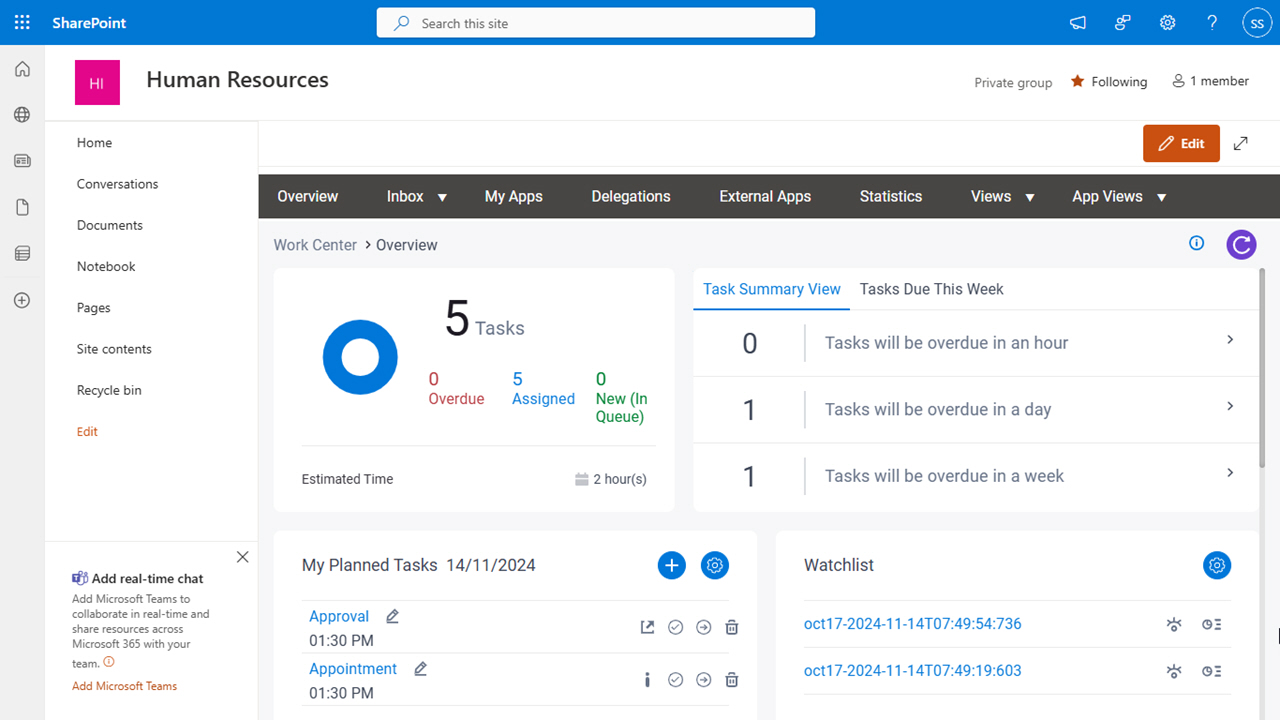
Authentication
You can use SharePoint for Microsoft 365 to authenticate and sign in to AgilePoint NX Portal .
For more information, refer to:


Activities in Process Builder
You can use out-of-the-box activities for SharePoint to execute actions in process-based apps.
An activity is a functional unit, or task, in a process-based app. Activities that integrate with a third-party system provide access to the API functionality for that system in a simple, point-and-click, form-entry format. This means that you can easily leverage APIs without writing code.
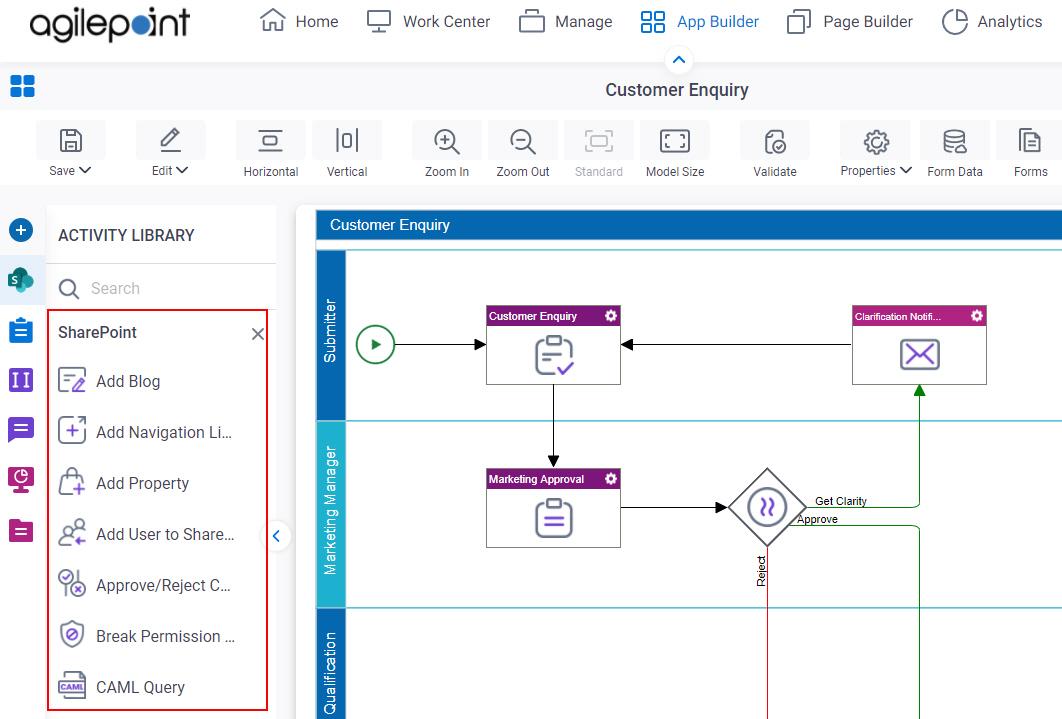
The following activities are available for SharePoint:
- Add Blog
- Add Navigation Link
- Add Property
- Add User to SharePoint Group
- Approve/Reject Content
- Break Permission Inheritance
- CAML Query
- Change Item Ownership
- Check In File
- Check Out File
- Check Property
- Copy Document Set
- Copy Files
- Copy List Item
- Create Document Set
- Create List Item
- Create Multiple List Items
- Create Permission Level
- Create SharePoint List
- Create SharePoint Group
- Delete Document Set
- Delete Draft Version
- Delete Files
- Delete Folder
- Delete List Item
- Delete Navigation Link
- Delete Particular File Version
- Delete Permission Level
- Delete Property
- Delete SharePoint List
- Download Document Set
- Excel Read
- Excel Write
- Excel Calculate
- Get User Profile
- List Form Start Task
- List Form Standard Task
- Move Document Set
- Move Files
- Move List Item
- New Folder
- New Form Library
- New Library
- New Site
- New Site Collection
- Portal Listing
- Publish Content
- Remove Permission
- Remove SharePoint Group
- Remove User From SharePoint Group
- Restore File Version
- Restore Permission Inheritance
- Retrieve List Item
- Retrieve Property
- Set Permission
- Set User Profile
- SharePoint PowerShell Command
- Submit File to Record Center
- Subprocess With InfoPath
- Undo Check Out File
- Update InfoPath
- Update Metadata
- Update Navigation Link
- Update Permission Level
- Update Property
- Update SharePoint Group
- Upload Document Set
- Write To Workflow History List
For more information, refer to the process activities for SharePoint in Process Builder.
Tasks in List Forms
You can use SharePoint list forms to complete tasks in a process-based app.
Lookups in eForm Builder
You can create lookups for SharePoint in eForm Builder and form-based apps.
A lookup is an automated procedure that retrieves data from an external data source, such as a database or third-party service, to display runtime. For example, you can use a lookup to populate the options in a list on an eForm.
For more information, refer to SharePoint lookup configuration screens.
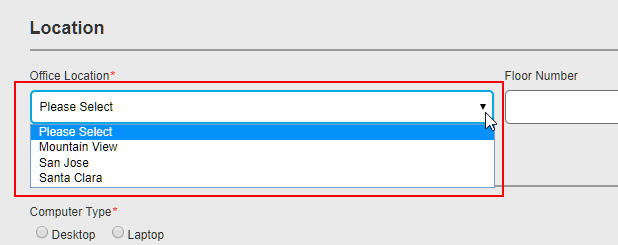
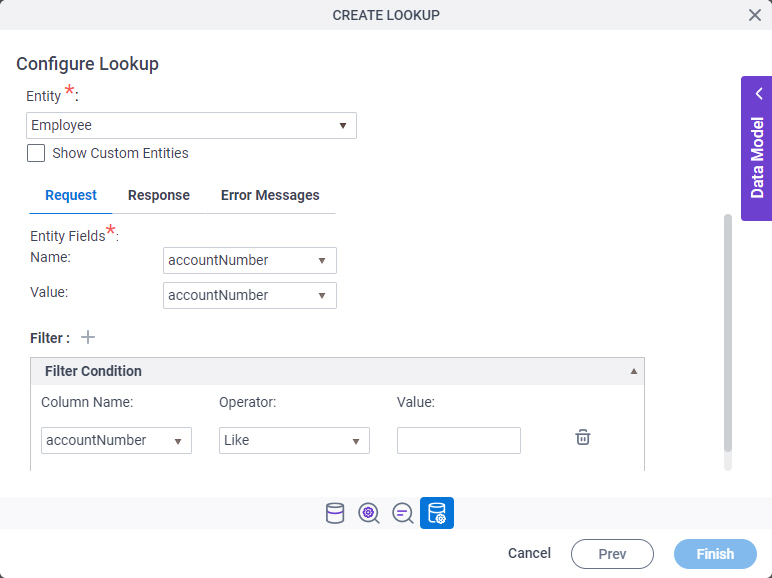
This image is only one example configuration screen from the Auto-Lookup form control. It does not show all the configuration options, and lookups can be configured and executed in multiple ways. The Auto-Lookup control can perform a lookup for eForms or other controls. However, many other form controls have built-in lookup capabilities — for example, the Drop-Down List form control. For information about how to configure lookups, refer to eForm Controls.
Data Source for Process-Based Apps
You can use SharePoint as a primary data source for your process-based app. A primary data source provides a default data model for your app.
For more information, refer to Process-Based App with SharePoint as the Data Source (Modern).
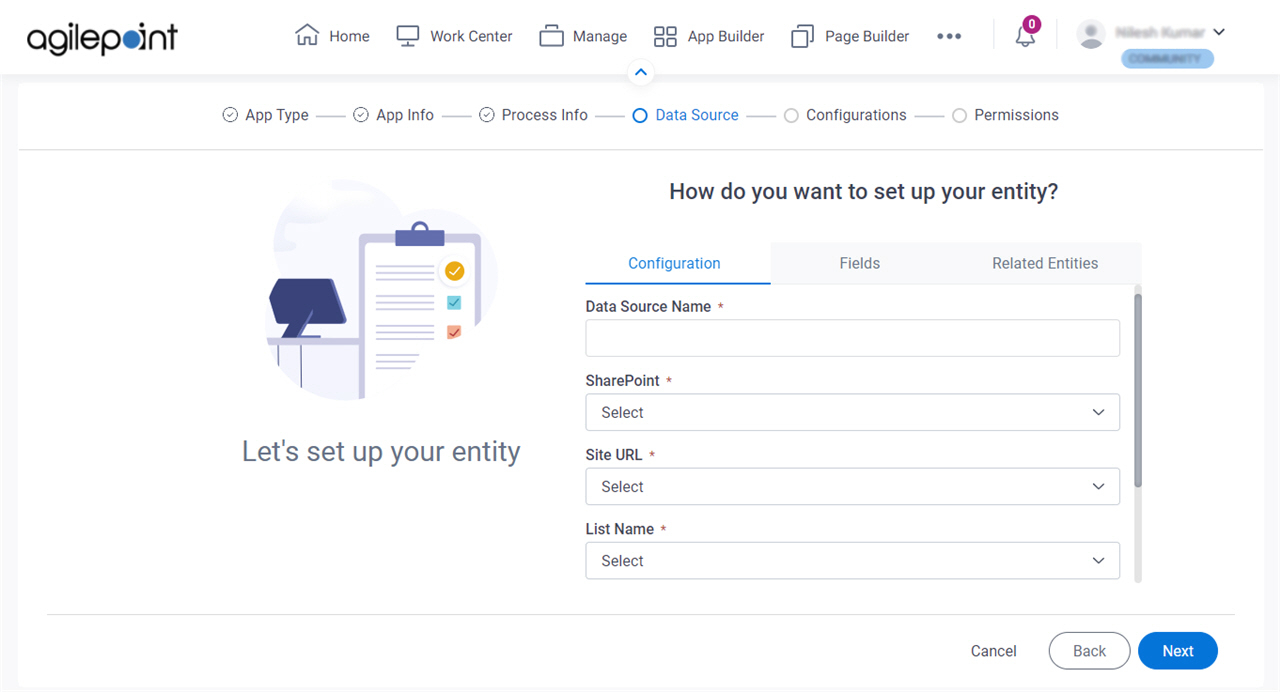
Data Source for Form-Based App
You can use SharePoint as a primary data source for your form-based app. A primary data source provides a default data model for your app.
For more information, refer to Form-Based App with SharePoint as the Data Source (Modern).
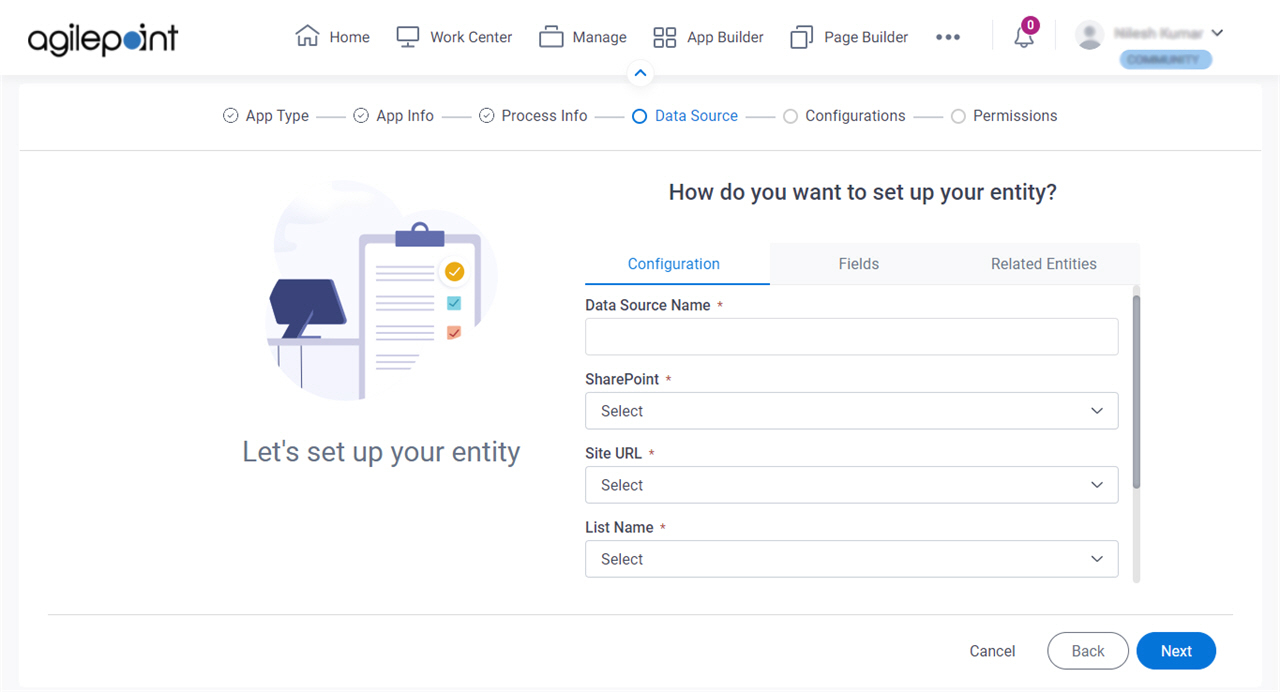
Access Tokens
You can create access tokens for SharePoint.
An access token is a secure object that stores an endpoint (usually a URL) and authentication credentials to connect to a service or technology. Often this is an external or third-party service, like Salesforce or SharePoint, but access tokens can also connect to an AgilePoint NX enviornment, local database, or other types of technologies. Once an access token is created, app designers can simply select and reuse it, rather than entering the credentials each time they are needed.
For more information, refer to Access Token for SharePoint.

Related Topics
Video: eForms with SharePoint - Part 1
Video: eForms with SharePoint - Part 2
Video: eForms with SharePoint - Part 3
Video: eForms with SharePoint - Part 4
Video: eForms with SharePoint - Part 5
Video: eForms with SharePoint - Part 6
Video: Use AgilePoint NX with Microsoft 365 and SharePoint
SharePoint for Microsoft 365 Documentation
Use these links to find third-party vendor documentation for SharePoint for Microsoft 365:
About This Page
This page is a navigational feature that can help you find the most important information about this topic from one location. It centralizes access to information about the concept that may be found in different parts of the documentation, provides any videos that may be available for this topic, and facilitates search using synonyms or related terms. Use the links on this page to find the information that is the most relevant to your needs.
Keywords
SharePoint for Microsoft 365, SharePoint for Microsoft365, Microsoft 365, SharePoint for Office 365, SharePoint Online Office365, SharePoint integration, SharePoint app, SharePoint web part, AgilePoint Intelligent Automation, document sharing, document share, file sharing, file share, storage, cloud storage


